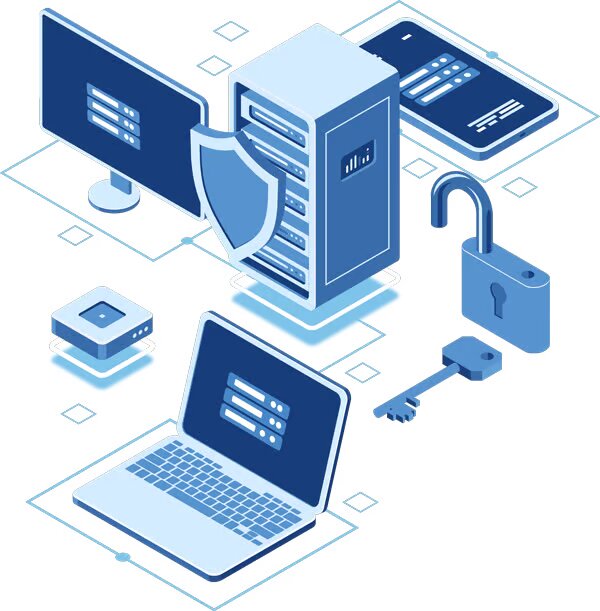Mastering Web Scraping with Python: Unleashing the Power of Proxies and Scraping Tools
 Sameer Anthony
Sameer Anthony
In today’s digital age, data is often considered the new currency. The ability to gather information from the vast expanses of the internet can provide a competitive edge in various domains. Web scraping has emerged as a powerful technique for extracting data from websites, and Python is the go-to language for web scraping enthusiasts.
Understanding the Basics of Web Scraping
Before delving into the intricacies of Python web scraping and proxyScrape, let’s establish a fundamental understanding of web scraping. Simply put, web scraping is the process of extracting data from websites. This data can encompass a wide range of information, from product prices and reviews to weather data and social media posts.
The Role of Python in Web Scraping
Python has gained immense popularity in the field of web scraping due to its simplicity, versatility, and wide range of libraries tailored for the task. When it comes to web scraping with Python, you have access to a plethora of tools and libraries designed to simplify the process.
Introducing proxyScrape: Your Gateway to Anonymity
One of the critical challenges in web scraping is maintaining anonymity and avoiding IP bans imposed by websites. This is where proxyScrape comes into play. ProxyScrape is a powerful service that provides a vast pool of proxy IP addresses, allowing you to make requests to websites from different IP addresses, thus reducing the risk of detection and blocking.
Python Web Scraping with proxyScrape
To get started with Python web scraping using proxyScrape, you’ll need to install the necessary libraries. A popular choice for this purpose is the “requests” library, which enables you to send HTTP requests to websites and retrieve their content.
While Python and proxyScrape play pivotal roles in web scraping, it’s essential to have a reliable web scraping tool in your arsenal. There are several web scraping tools available, both free and paid, that can simplify the data extraction process. Some of the noteworthy ones include Scrapy, BeautifulSoup, and Selenium.
Scrapy: The Swiss Army Knife of Web Scraping
Scrapy is a robust and highly extensible web scraping framework for Python. It provides a structured way to define the data you want to scrape and the rules for navigating websites. Scrapy also supports asynchronous scraping, making it efficient for handling large-scale scraping projects.
BeautifulSoup: HTML Parsing Made Easy
BeautifulSoup is a Python library that excels at parsing HTML and XML documents. It allows you to navigate and manipulate the content of web pages with ease. When combined with Python’s requests library, BeautifulSoup becomes a formidable choice for web scraping.
Selenium: Web Scraping with a Browser’s Touch
Selenium is unique in that it allows you to automate interactions with websites as if you were using a web browser. This makes it suitable for scraping websites with complex JavaScript-based interactivity. Selenium can be a valuable addition to your web scraping toolkit when other methods fall short.
The Best Proxies for Web Scraping
When it comes to selecting the best proxies for web scraping, several factors come into play. The key considerations include:
Reliability: Proxies should be consistently available and reliable to ensure uninterrupted scraping.
Anonymity: Proxies should hide your true IP address effectively to prevent detection.
Speed: Fast proxies are crucial for efficient scraping.
Location: Depending on your scraping requirements, you may need proxies from specific geographic locations.
Rotating IPs: Some projects may benefit from using proxies with rotating IP addresses to further avoid detection.
The Scraper API Advantage
To simplify the proxy management process and enhance your web scraping capabilities, consider using the Scraper API. Scraper API offers a user-friendly interface that lets you access a vast pool of high-quality proxies effortlessly. It takes care of the complexities of proxy rotation, IP management, and CAPTCHA solving, allowing you to focus on extracting the data you need.
Conclusion
Web scraping with Python, proxyScrape, and scraping tools opens up a world of possibilities for data extraction and analysis. By harnessing the power of proxies and user-friendly tools like Scraper API, you can navigate the challenges of web scraping with ease. Whether you’re gathering market data, monitoring online trends, or conducting research, mastering web scraping is a valuable skill in today’s data-driven landscape. So, roll up your sleeves, dive into the world of Python web scraping, and unlock the hidden treasures of the internet with the aid of proxyScrape and cutting-edge scraping tools.
Subscribe to my newsletter
Read articles from Sameer Anthony directly inside your inbox. Subscribe to the newsletter, and don't miss out.
Written by
